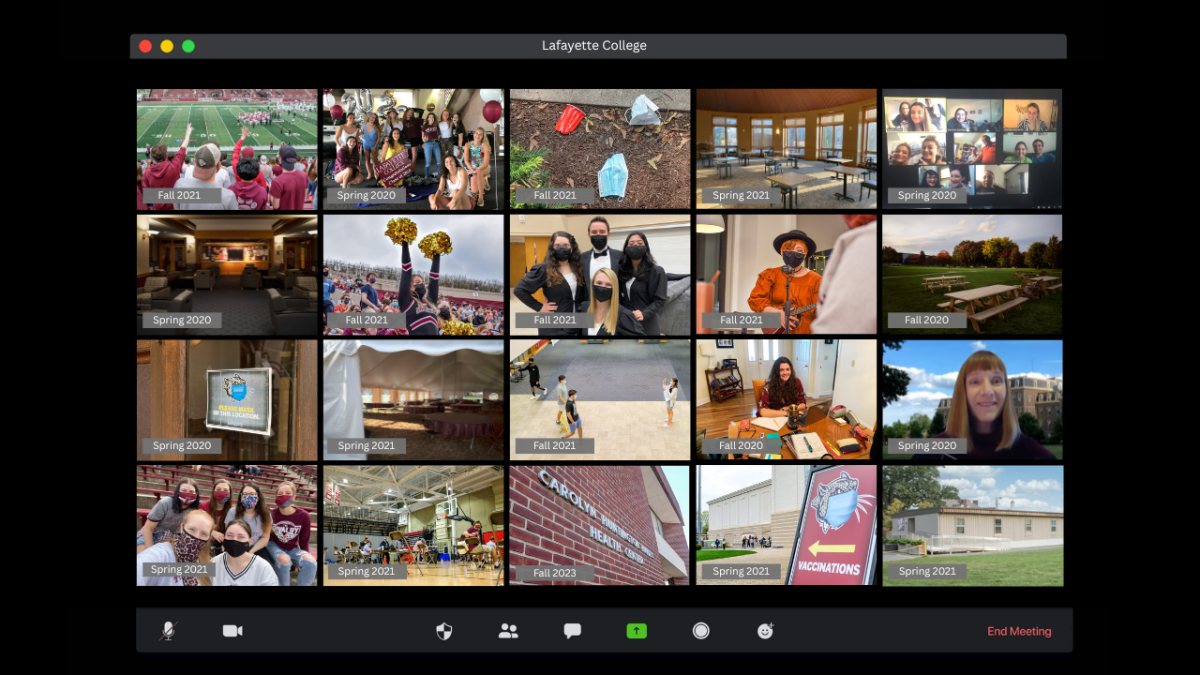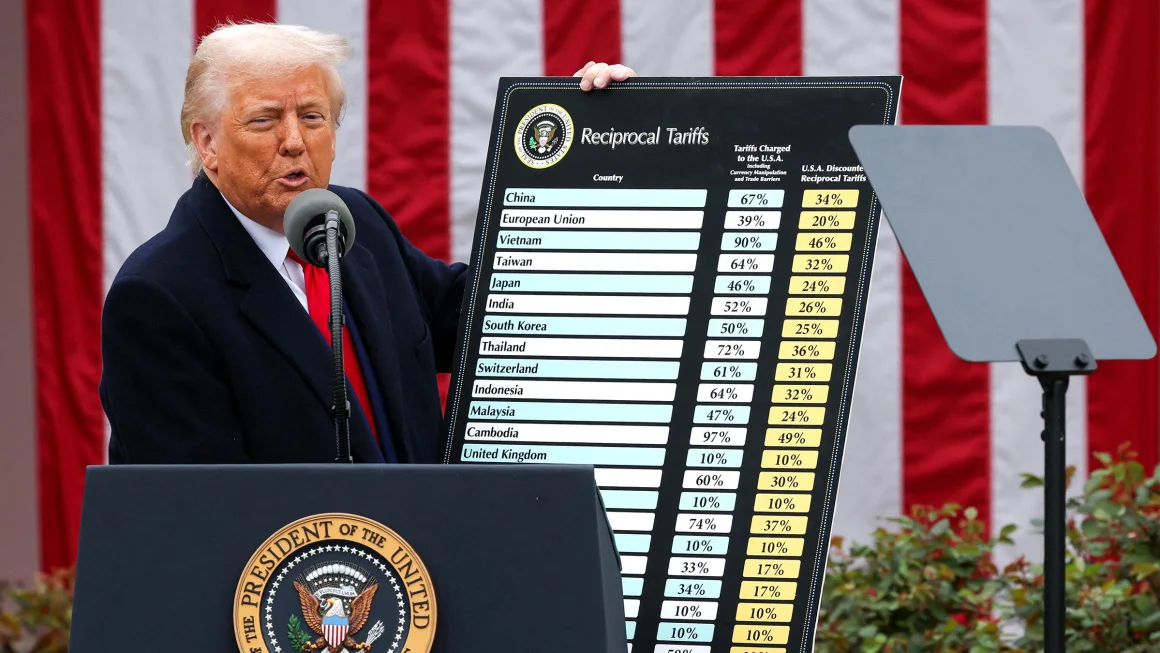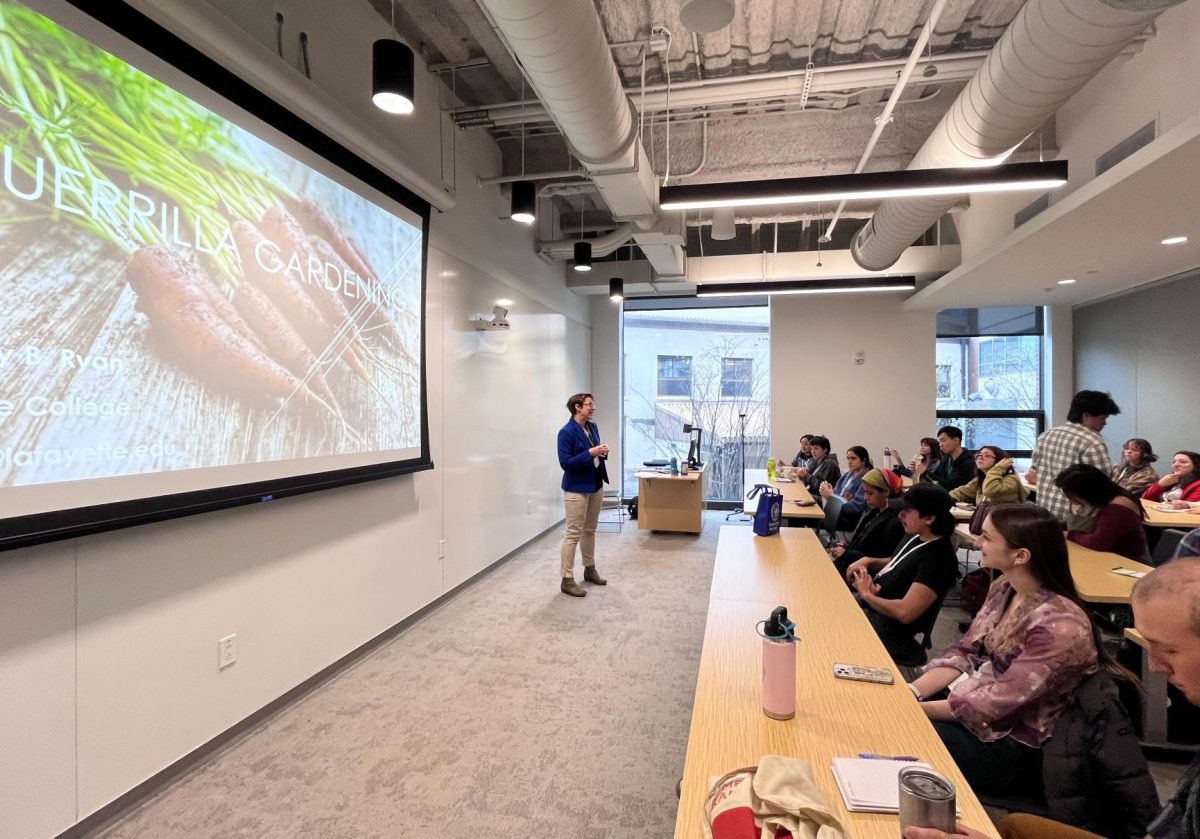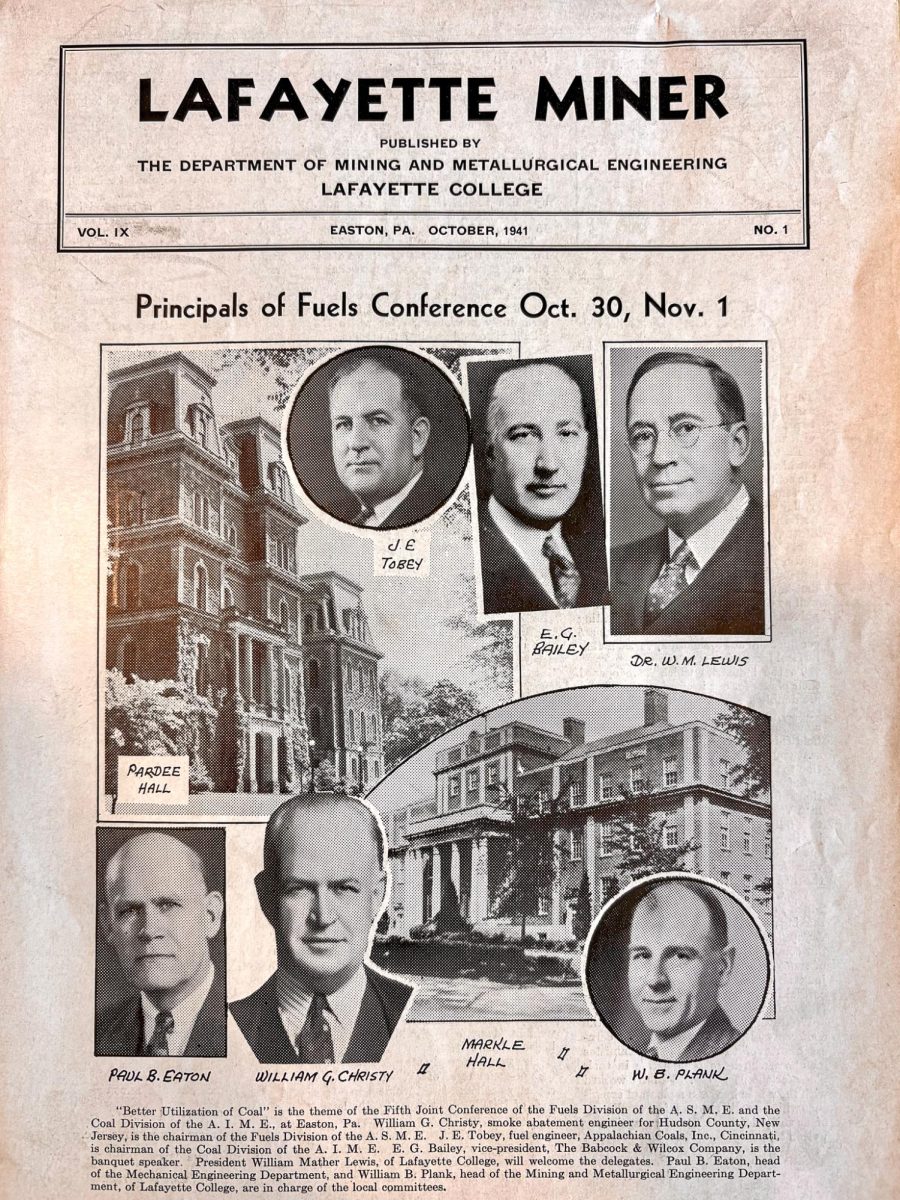In the ever-evolving world of technology, artificial intelligence (AI) is making its mark. AI has become a powerful tool in the modern age, and its impact is being seen in many different areas, including writing.
As AI technology continues to advance, it is becoming increasingly capable of creating content. For instance, every word in this article up until this sentence was written by the large language model GPT-3 responding to the prompt of “write a newspaper article about artificial intelligence.”
Models like GPT-3 have read all of the internet, according to English professor Tim Laquintano. The developers behind GPT-3 also had the system “read every single book, plus all of Reddit, plus all of Wikipedia,” Laquintano said. When prompted, large language models respond probabilistically based on all the data they have read.
“Effectively, what it is is an autocomplete in the same way that your text messages are an autocomplete. It’s just that it can keep going and going,” said Laquintano. “If I give it a prompt, it’ll do what should probably follow from that.”
Another artificially intelligent program, DALL-E 2, responds to prompts by outputting images rather than text. “I think that the things the tools are capable of are a lot of the things we typically are training students to do,” assistant professor of computer science Justin Smith said of DALL-E 2.
“You could spend four years in school trying to learn how to create art or you could type into a text box and the AI will generate [the art] for you,” Smith added.
In Laquintano’s estimation, the quality of GPT-3’s writing outputs is “about the level of an accomplished eleventh grader or 12th grader.”
To that end, Smith noted that AI tools are beginning to be able to do things that are “really hard to teach people to do to begin with.” As AI technologies become more accessible, this begs the question of how professors and institutions can ensure academic integrity.
“I think the implications for academic honesty are huge,” Laquintano said. “We need to figure it out in the same way that they need to figure out … the role of calculators. What’s the role of AI going to be?”
Smith sees two general approaches to how educational institutions might respond to the use of AI: “Do they want to be a cogeneration institution, or do we want to be one that just tries to ban all of that and kind of bury their heads in the sand for a while till someone else figures it out?”
Laquintano concluded that programs like GTP-3 and DALL-E 2 seem to represent “a tipping point in AI.” However, it is as of yet unclear what writing tasks AI programs like GPT-3 will be adept at and what place in the classroom these kinds of programs should have. Laquintano clarified that for research writing “it’s not good whatsoever” because the program “will make up facts.”
“You can get it to write some really good prose,” Laquintano said.























































































































